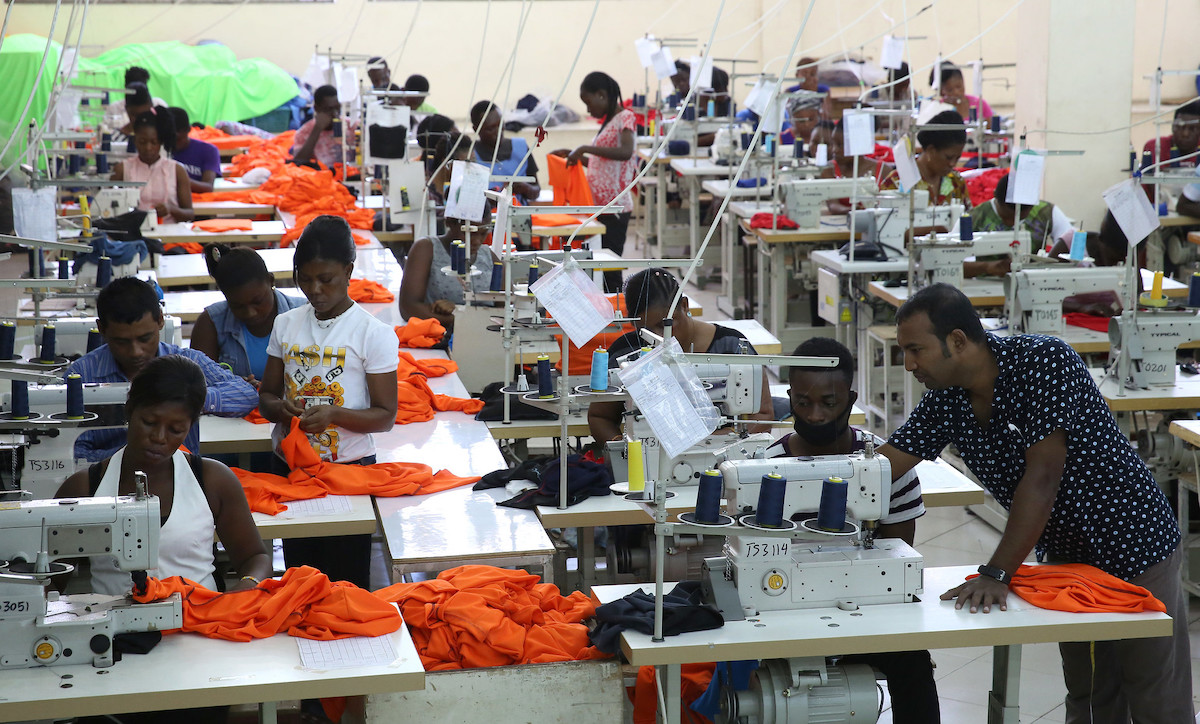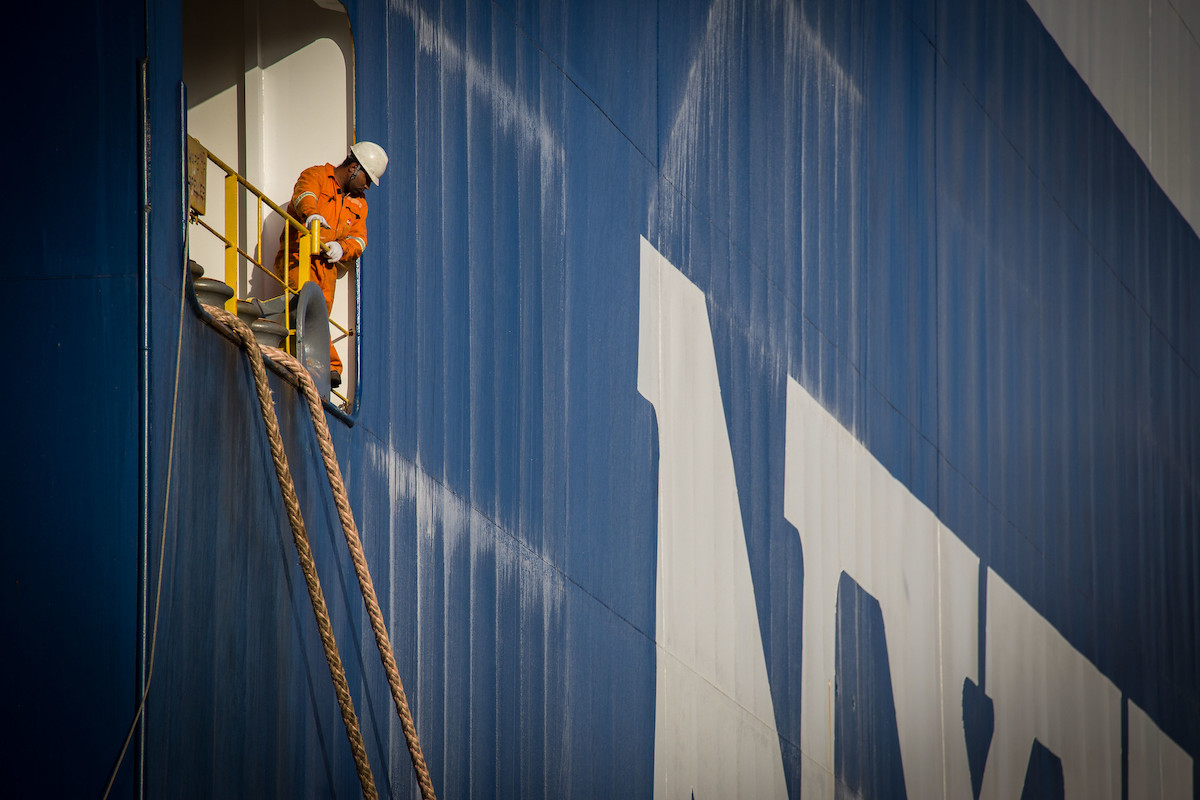Recommended
Introduction
Many African countries, particularly those in sub-Saharan Africa, continue to grapple with the consequences of the COVID-19 pandemic while simultaneously confronting the challenges posed by slowing global growth, private capital outflows, debt distress, and the impacts of climate change. An estimated 55 million people on the continent have been pushed into extreme poverty since the onset of the pandemic. This devastating trend has been exacerbated by the ripple effects of Russia’s invasion of Ukraine—supply chain disruptions, tightening fiscal space, and growing pressure on the cost of food, fuel, and fertilizer. International financial support for the continent has fallen woefully short of levels required to prevent the current crisis from derailing long-term development.
The African Development Bank (AfDB) is the largest regional multilateral development finance institution on the continent. It provides critical financial support to countries across the region, including investment in vital infrastructure projects. The African Development Fund (AfDF) is the Bank’s concessional window, providing financing in the form of grants and concessional loans to resource-constrained governments responding to the growing challenges on the continent, including gaps in critical infrastructure and rising debt burdens. Amid ongoing and overlapping global emergencies, the stakes for the AfDF’s upcoming replenishment could hardly be higher. The AfDF is making the case to donors—who will come together later this year for a final meeting of the AfDF’s 16th replenishment (AfDF-16)—that the Fund needs substantial new resources to continue to support African people, businesses, and governments and make up lost ground in the fight against poverty.
An ambitious 16th replenishment—coupled with policy and governance reform commitments—presents an opportunity for donors, including the United States, to complement long-standing investments in regional growth and infrastructure, offer a sustainable alternative to non-concessional Chinese lending, and make headway on the long road to economic recovery from the pandemic and worsening food security crisis.
Figure 1.Since 2010, the African Development Fund’s project commitments have been concentrated in vital infrastructure sectors, like transport and power
Source: AfDF project portal
What is the African Development Fund (AfDF)?
The African Development Bank Group is comprised of the African Development Bank (AfDB) and the African Development Fund. The group is a leading source of multilateral financing in Africa with a model that offers countries a high degree of ownership over policy agendas and development priorities. Publish What You Fund has just ranked AfDB sovereign lending as number one in transparency out of 50 global development institutions. The AfDF is a crucial tool for the Bank to serve the region’s poorest countries. As the concessional lending window of the AfDB group, the fund offers grants and loans at favorable financial terms—with low interest rates and long repayment periods—to 37 low-income countries in Africa, the majority of which are considered fragile or conflict-affected.
In 2021, AfDF approved approximately $2.4 billion in financial commitments, largely focused on the response to the health and socioeconomic needs exacerbated by COVID-19. Because much of its funding is in the form of grants, AfDF resources must be replenished by donor countries every three years. While other sources of concessional finance, such as the World Bank’s International Development Association (IDA), offer larger scale relative to AfDF, the AfDB has a comparative advantage in public-private infrastructure finance and regional integration, both critical priorities for Africa.
US engagement with the African Development Fund (AfDF)
The United States is the second-largest shareholder in the AfDB and a leading donor to the AfDF—with a vital role in shaping the institution’s priorities. The US Congress provides funding and oversight for US engagement with the AfDB and AfDF, which is managed by the Treasury Department. In addition to its own commitment of resources, the US pledge frequently sets the tone for other donors during the Fund’s replenishments—convened every three years.
Figure 2.US funding levels for the AfDF have remained stagnant over the past decade
Source: US Treasury International Affairs Congressional Budget Justifications, AfDF replenishment reports
*FY 2013 is the operating level reflecting the full-year continuing resolution, reduced by the rescission and sequestration
Investments in AfDF are a remarkably efficient deal for the US taxpayer. The US Treasury Department highlights the leverage potential of AfDF, estimating that every $1 in US support to the most recent replenishment will mobilize nearly $15 in contributions from other donors and fund-generated resources. The United States was the fourth-largest donor to AfDF’s 15th replenishment (AfDF-15) and is scheduled to make its final payment of $171.3 million toward fulfilling its pledge of $513.9 million in FY2023.
Table 1. The US is consistently among the AfDF’s top five donors, pledging an average of over 9 percent of total donor commitments to the Fund over its last four replenishment cycles
|
|
AfDF-12 |
AfDF-13 |
AfDF-14 |
AfDF-15 |
|
1 |
UK (14%) |
UK (15.9%) |
UK (10.7%) |
UK (12.5%) |
|
2 |
Germany (9.5%) |
Germany (10.5%) |
US (9.9%) |
Germany (9.1%) |
|
3 |
US (9.3%) |
US (10%) |
Germany (9.7%) |
France (8.4%) |
|
4 |
France (8.7%) |
France (9.5%) |
France (8.5%) |
US (7.8%) |
|
5 |
Japan (6.7%) |
Japan (7.6%) |
Japan (7.3%) |
Japan (7%) |
Source: AfDF replenishment reports and CGD staff calculations.
The stakes for AfDF-16
The World Bank estimates that economic growth in sub-Saharan Africa will decelerate in 2022 compared to 2021, citing new and persistent shocks. The prospect of famine and food insecurity looms while countries still seek to address the health and economic impact of the pandemic. These challenges have necessitated increased spending on the part of country governments on the continent, raising the number of countries in Africa in or near sovereign debt distress to over 20.
African Development Bank representatives and donors will meet this year to negotiate priorities for the fund’s 16th replenishment. The fund’s size has plateaued in recent years despite yawning financing gaps on the continent, and a dearth of high-quality infrastructure, persistent food security challenges, and growing climate adaptation challenges. Because donor contributions comprise almost 70 percent of recent AfDF replenishments, donors must bring sufficient ambition to the negotiating table for the fund to meet the region’s financing needs.
Shaping AfDF’s priorities and policy agenda
Donors can steer the fund’s priority sectors, strengthen fund governance, and resource key areas of concern through AfDF-16. In prior replenishment negotiations, the US has advocated for an elevated focus on country debt sustainability. The fund has made progress on this front, among other priority areas such as:
- Food security and climate adaptation: Adaptation issues are also closely linked to food security—a key challenge facing the continent that has been exacerbated by global supply chain disruptions and the Russian invasion of Ukraine. The African Development Bank estimates that the continent needs $7–$15 billion a year in adaptation finance, noting that Africa is already highly impacted by climate change. Fund leadership have prioritized high-impact investments in water resource management and climate-smart agriculture, while also holding true to a model that puts countries in the driver’s seat when it comes to their development journey. As part of the ongoing replenishment discussions, the AfDF is considering launching a dedicated facility uniquely focused on climate adaptation and food security.
- Fragile and conflict-affected states: More than half of the countries in which the Fund works are considered fragile and conflict-affected. The AfDF resources fragile states—supporting regional security and inclusive economic growth—through the Transition Support Facility, a window designed to disburse financing quickly and support institutions in fragile contexts. The Transition Support Facility includes additional flexibility support efforts to stabilize economies through finance, arrears clearance, and technical assistance. To address the drivers of fragility, the fund also applies fragility diagnostic tools across its portfolio. Mobilizing resources for sustainable development in conflict-affected and fragile states is a bipartisan US development priority—and the fund has demonstrated tangible progress in state-building and institutional stability.
- Resilient infrastructure: Over the past decade, AfDF infrastructure commitments have—on average—comprised more than half the Fund’s total project approvals, concentrated in energy, transportation, water supply, and sanitation. And while public-private infrastructure finance volumes in sub-Saharan Africa have largely stagnated over the past decade, the AfDB has punched above its weight, far outspending other multilateral development banks in support for infrastructure partnerships with the private sector in recent years. While AfDF focused its resources on social spending in 2020 in response to the pandemic, AfDF could be a crucial partner for US global infrastructure objectives going forward, complementing other US infrastructure efforts in the region, including through collaboration with Power Africa and Prosper Africa.
- Regional integration: For 2017–2019, an average of 18 percent of AfDF projects were regional. Cross-border integration is a key component of broad-based economic growth, with regional connectivity providing the foundation for trade, resilient supply chains, and access to investment. As US policymakers seek to support inclusive development on the continent, the AfDF’s country networks and market expertise—backed by sufficient resources—can be effective tools to promote regional integration including through the new African Continental Free Trade Agreement.
With thanks to Clemence Landers, Nancy Lee, and Scott Morris for helpful edits and suggestions on a prior version.
Rights & Permissions
You may use and disseminate CGD’s publications under these conditions.







